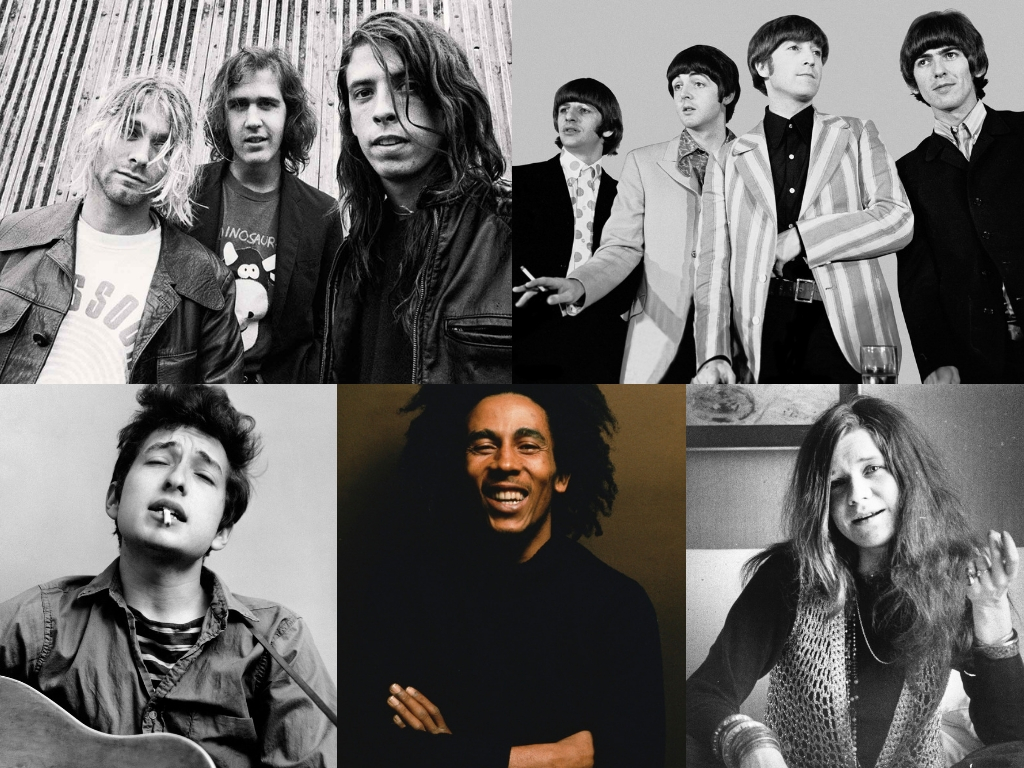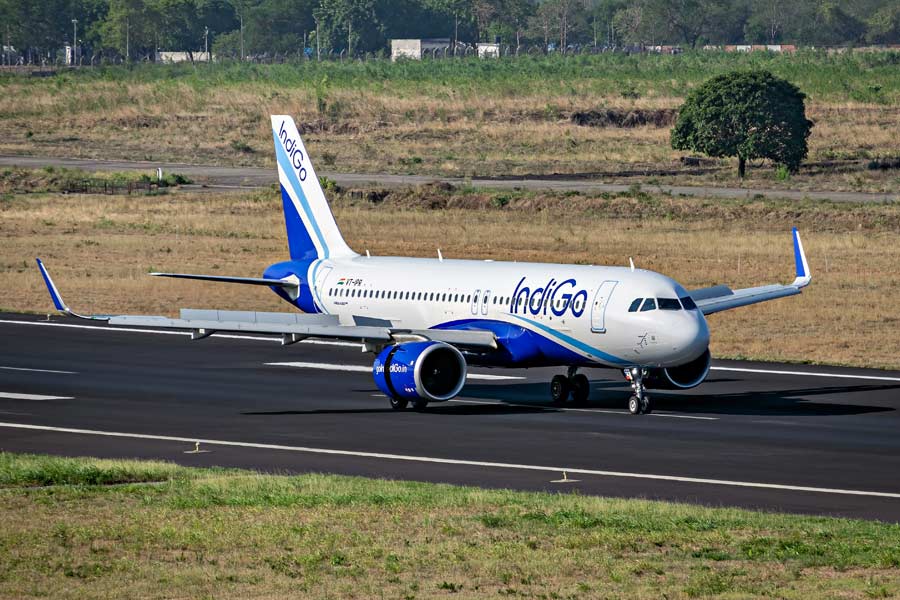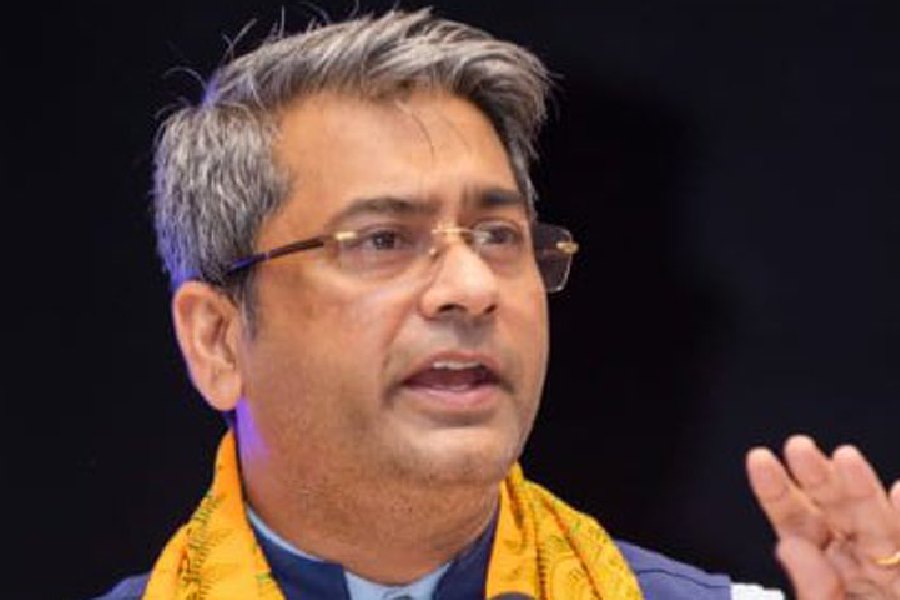For now, legal outlets can sell capsules, dried flower, tincture and seeds while the sale of marijuana-infused foods and concentrates expected to begin next year. The federal government tax take will be $1 per gram or 10 per cent. The federal government will give 75 per cent of the tax revenue to the provinces and consumers also will pay local sales taxes. At the government stores, it’s expected one gram will cost about US$6 and products will vary in potency. Government statistics show the average price paid by Canadians for a gram of pot is C$6.79.
In the meantime, hundreds of illegal dispensaries have already opened across the country and there are already pop-up marijuana events retailing marijuana cinnamon buns, cereal bars, cookies, marijuana pop-tarts and drinks infused with tetrahydrocannabinol or THC, the chemical that causes the marijuana high.
And it’s not only Canadians who will be getting high. Weed shares have skyrocketed, rising by 30 per cent since August against an overall market that’s declined by over 1 per cent. Canada, which has vast growing operations and advanced cultivation technology, has already taken pole position in the global cannabis industry worldwide, helped by the fact that the drug is still illegal federally in the US which has meant investors are using Canada as an investment proxy.
For Canada, legalisation gives it an opportunity to get a head start in developing a wide range of marijuana-based products. Cannabis growers say they hope that in a few years people will have a cannabis cabinet much like many households have drinks cabinets. Canada’s pot industry by 2020 is forecast to total C$6.5 billion — bigger than the hard liquor market and almost as large as the wine market, CIBC says.
And for small rural communities where industries have shut shop, the possibilities of a cannabis boom spells hope for jobs and major league marijuana production. In the prairie town of Medicine Hat, Aurora Cannabis Inc has announced plans to build pot greenhouses covering a space equivalent to 21 football fields. In Smith Falls, Ontario, which lost its main livelihood when a chocolate factory closed in 2008, pot has been a godsend. Canadian medical marijuana company and pot-stock leader Canopy Growth Inc. took over the former Hershey plant. Smith Falls mayor Shawn Pankow says he’s proud the town is known as the “pot capital of Canada,” saying US$9.6-billion Canopy, which has gained traction on news of billion-dollar investments from Corona parent Constellation Brands Canopy, is bringing much-needed jobs. Highlighting the new pot job opportunities, Canopy announced this month a career fair in Smith Falls to recruit a designer, cannabis extraction technician, HR personnel and customer care representatives.
Despite the many hiccups expected in the rollout, Trudeau’s government is betting that the prospect of taking the lead in an industry forecast to be worth as much as US$59 billion globally by 2023, new jobs and tax revenues will make the legalisation plan a winner. The challenge further out for Canadian pot companies will be to retain their early-mover advantage as other countries follow Canada’s lead. Importantly, more than two dozen US states allow marijuana use for a variety of ailments, but the federal government has not yet approved it for any medical use.
This Wednesday, Canada will “toke-off” and become the first Group of Seven nation and only the second country in the world to legalise recreational cannabis. The Canadian government’s goal is to eradicate an illegal cannabis marketplace worth an estimated US$5.3 billion. The nation of 37 million people will join Uruguay as one of only two countries in the world to legalise pot nationally.
Canadians already are big cannabis users. In fact, some 42.5 per cent of Canadians have tried marijuana at some point in their lives while 16 per cent used it in the last three months, according to a government study. One-third of those users are believed to be young people aged 15 to 24. “We’ve the highest rate of cannabis use among kids of anywhere in the world,” says Canada’s organised crime reduction minister Bill Blair, who’s the government’s pot legalisation point man.
One of the public’s biggest worries is that law enforcement officers aren’t ready to manage the change and detect drivers who are stoned. Some 1.4 million or 5 per cent of Canadians reported being the passenger in a vehicle driven by someone who had consumed cannabis within two hours of driving, government data shows. There are also still uncertainties about where people can smoke and purchase cannabis as well as what will be workplace policies for cannabis use.
Also, doctors have repeatedly warned about marijuana’s health risks, especially for users under 25 whose brains still are developing. A new Quebec study flags the danger of pot smoking for the roughly 7 per cent of adolescents who start out being most susceptible to psychotic episodes. Individuals from this at-risk group who didn’t use cannabis in the study were less likely to report problems. “What we find is that the direction is cannabis-to-psychosis,” Université de Montréal’s Patricia Conrod, the study’s senior author told Canadian news magazine Macleans. “If they use cannabis, they are more likely to experience more psychotic symptoms (like bipolar disorder and schizophrenia) a year later,” she said.
Trudeau, though, says legalising marijuana is intended to make it tougher, not easier, for kids to obtain dope and the government’s law makes it illegal to sell weed to minors with an up to 14-year prison term. It’s also targeting young people with a multi-million-dollar ad campaign to discourage them from consuming pot. “It’s not the intention of the government, it’s certainly not my intention to normalise the use of this drug,' says Blair, who’s a former police chief. He’s been frank about his dislike for cannabis and its impact on public health but says it was his time as cop that made him realise that criminalisation of marijuana was failing on every front. “There’s lots of different ways to fight organised crime and it’s not just enforcement. Sometimes you have to outflank them. We’ve now created competition in the market-place – they’ve never had competition before,” Blair said in an interview with Canada’s National Post daily.
What is certain is that demand for legal marijuana in the first year of legalisation will be substantially higher than previously forecast by the government and this means illegal suppliers will still be very much in the picture. A new health ministry report calculated the amount of cannabis required at 926,000 kg for both recreational and medical use, an enormous 41 per cent higher than the estimate of 655,000 kg by parliament in 2016. The estimate mismatch is blamed on previous survey methodology flaws.
In fact, financial advisors Mackie Research Capital forecasts supply won’t match demand until 2020. Brad Rogers, president of Canadian grower Canntrust, told a Canadian daily that growers will scramble to meet demand and predicts a “huge curiosity spike” of people wanting to buy legal cannabis in the early days. If just half of the estimated 926,000-kg annual demand is bought legally, that would need a supply of 463,000 kg. But CIBC World Markets estimates cannabis growers now produce barely 350,000 kg a year. Also, how fast people shift their sourcing to legal suppliers will hinge on considerations like price and convenience and the variety of products on sale as well as how successful police are in closing illegal dispensaries.
And while every Canadian will be allowed to purchase cannabis online as of Wednesday, there are still not many actual brick-and-mortar stores open yet. While the government is providing the overarching legal framework for legalising cannabis, it’s left it to Canada’s provinces and territories to draw up the regulations on selling, so for instance in Ontario, cannabis will be sold by private retailers and in Quebec through government outlets. Across the country, though, Canadians will be able to order cannabis online from legal suppliers.
For many dope-smoking Canadians, legalising marijuana was just a pipe dream. Then, Justin Trudeau in 2013 when he was leader of the Left-leaning Liberal party but not yet Canada’s prime minister surprised a political rally with the declaration that he wanted to “legalise it (cannabis), tax and regulate it”.
Trudeau followed with the introduction of legislation last year and back in June Canada’s parliament gave final approval to the Cannabis Act. Trudeau declared, 'It's been too easy for our kids to get marijuana - and for criminals to reap the profits. Today, we change that.' (Trudeau himself says he has never been a big pot user. He says he’s smoked marijuana five or six times in his life but never really liked it much).
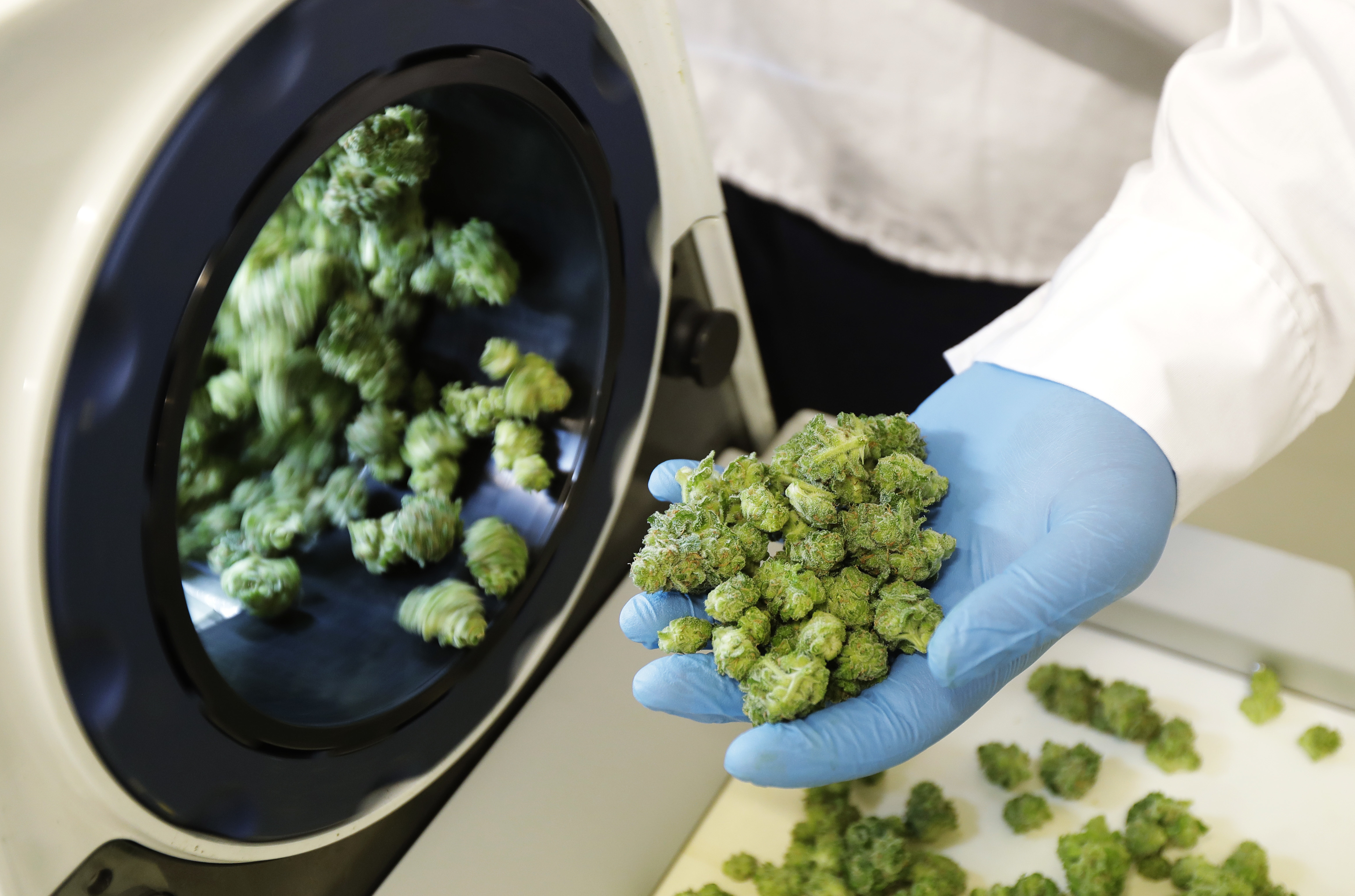
At Pure Sunfarms, trimmed marijuana as it comes out of a high-volume cannabis trimming machine at a tomato greenhouse being renovated to grow pot in Delta, British Columbia. AP

Bottles of olive oil and maple syrup infused with marijuana extract are displayed for sale at the Village Bloomery medical cannabis dispensary in Vancouver, British Columbia. AP
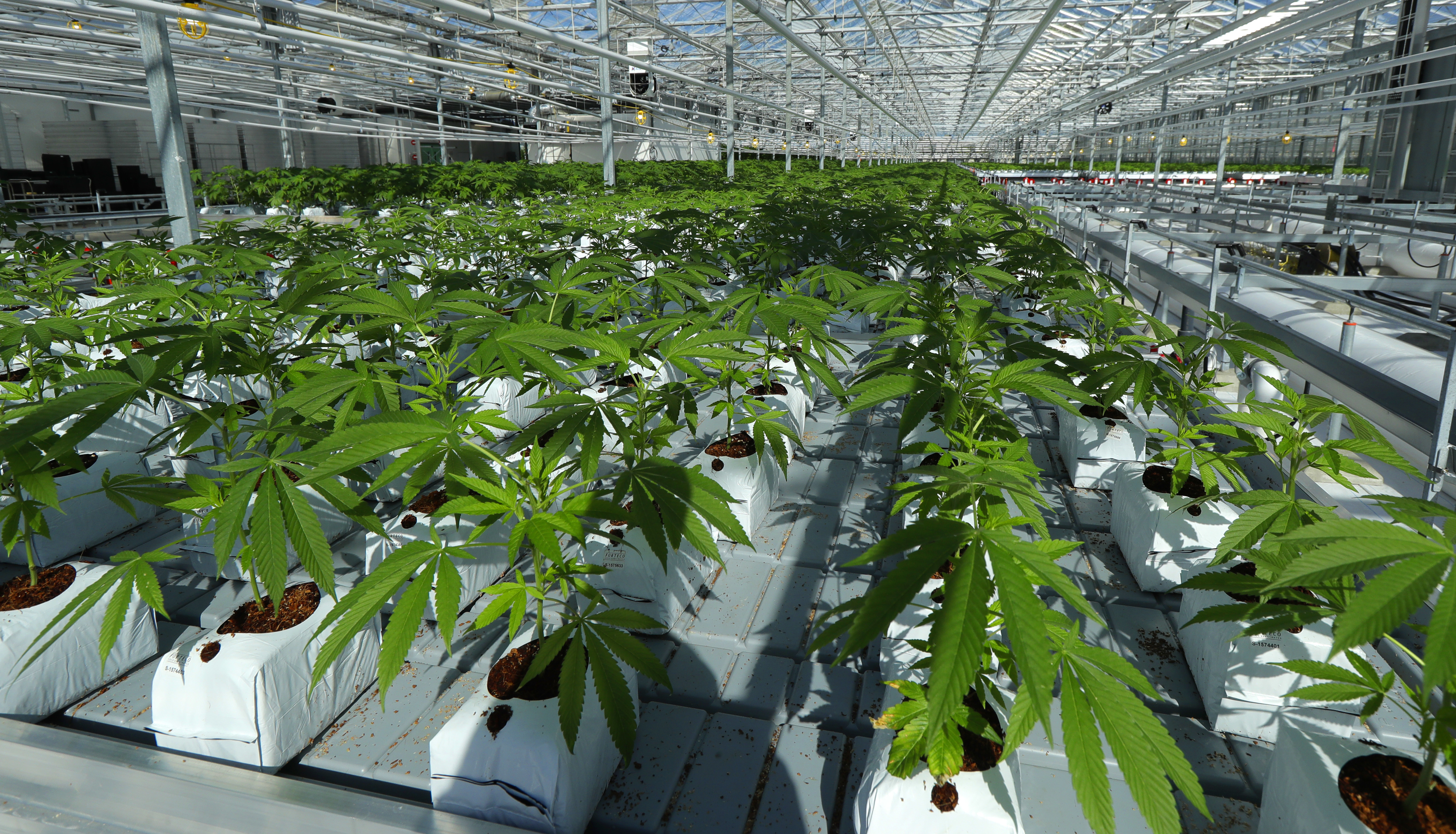
Marijuana griws in a tomato greenhouse being renovated to grow pot in Delta, British Columbia, that is operated by Pure Sunfarms, a joint venture between tomato grower Village Farms International, and a licensed medical marijuana producer, Emerald Health Therapeutics. AP
Penny MacRae is a former Delhi-based correspondent for Reuters and AFP and writes on India, Canada and other corners of the globe.
While medicinal marijuana use has been permitted in Canada since 2001, legalisation of recreational pot uses marks a seismic societal shift that right now barely more than half Canadians support, according to various polls, making it a risky gambit for the Liberal government which faces a general election next year and has been struggling in opinion polls. Some 55 per cent of Canadians also don’t believe the government has got its act ready to introduce the change, a survey by publicly owned broadcaster CBC showed. 'This government is absolutely not ready for marijuana legalisation. The country's not ready,' said main Opposition Conservative MP John Brassard, whose party vociferously opposes the move.


